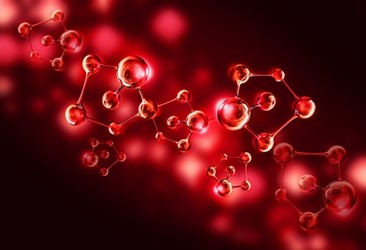Improved Process Economics Of Humira Biosimilar Purification
By Randy Drevland, Chelsea Pratt, Payal Khandelwal, Laura Moriarty, and Elizabeth Jordan Dreskin

The global biosimilars market is exploding and is expected to reach US$10.9 billion by 2021. Biosimilars are significantly cheaper than biologics, owing to their shorter development time and fewer involved costs. However, further reduction in their development costs is required for broader affordability. Biosimilar purification costs constitute more than half of the total development costs. A significant number of these costs are due to the expense of Protein A–based media. Here, we propose an alternate but equally effective approach to biosimilar
purification, by substituting a less expensive ion exchange resin for the affinity capture step. With an adalimumab (HUMIRA) biosimilar, we show that using a Nuvia S Cation Exchange Resin can not only help minimize purification costs, but also overcome the limitations of Protein A capture, including low binding capacity and Protein A leaching. In addition, using the IEX-based workflow in conjunction with a mixed-mode resin polish step can help achieve greater than 99% purity of the biosimilar, which is comparable to a Protein A–based purification. Thus, an IEX-based process works as a great alternative to traditional biosimilar purifications and leads to improved process economics, which is an underlying requirement of a biosimilar.
Click Here For Nuvia S Resin Product Information
Get unlimited access to:
Enter your credentials below to log in. Not yet a member of Cell & Gene? Subscribe today.
